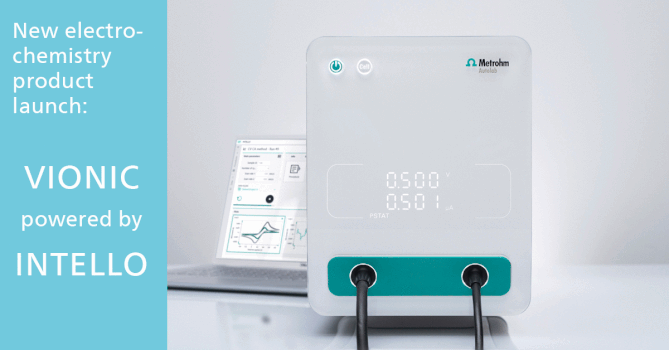Mechanism of The Heterogenously Catalyzed Hydrogenation of Nitriles
Abstract
Review article. Mechanistic aspects of the heterogeneously catalyzed hydrogenation of nitriles are discussed in detail. This paper suggests, considering current know¬ledge, a complete mechanistic model of the heterogeneously catalyzed hydrogenation of nitriles, including the formation of corresponding primary, secondary, and tertiary amines. The model is based on those mechanistic proposals presented in literature, according to which the reaction can proceed in two different limit paths: a) through surface nitrenes and other partially hydrogenated intermediates bound to the metal surface via the nitrogen atom, or, b) through surface amino-carbenes and other partially hydrogenated intermediates bound to the metal surface via the α-carbon atom in respect to the nitrogen one. The first path, so called „the M-C route“, is considered a selective path to the primary amines formation, as the α-carbon centre of the surface nitrene is saturated and therefore it is inactive for condensation reactions leading to the formation of secondary and tertiary amines. It is generally known, that the composition of the nitrile hydrogenation product is primarily affected by the type of metal used in the catalyst. Whilst Co and Ni are very selective to the primary amines, Pt and Pd prefer the formation of secondary and tertiary amines. In the proposed mechanistic model these significant differences in selectivity are rationalized by the assumption that, under reaction conditions relevant for the nitrile hydrogenation (< 150 °C, elevated hydrogen pressure), Ni and Co favour the formation of reaction intermediates bound to the metal surface via the nitrogen atom, while Pd and Pt favour the formation of intermediates bound to the surface via the α-carbon atom. This is supported by results of some surface studies in literature. According to the proposed model, a secondary imine exists on the catalyst surface in the form of N-alkylamino-carbene and an enamine-like surface species corresponds to N,N-dialkylamino-carbene. The presented mechanistic model also enables to rationalize some other, so far insufficiently explained, experimental data from literature, such as, for example, the transfer of methyl groups between amines during disproportionation of mixed dialkylamines.Downloads
Published
2010-07-15
How to Cite
Krupka, J. (2010). Mechanism of The Heterogenously Catalyzed Hydrogenation of Nitriles. Chemické Listy, 104(7), 709–723. Retrieved from http://ww.w.chemicke-listy.cz/ojs3/index.php/chemicke-listy/article/view/1291
Issue
Section
Bulletin




